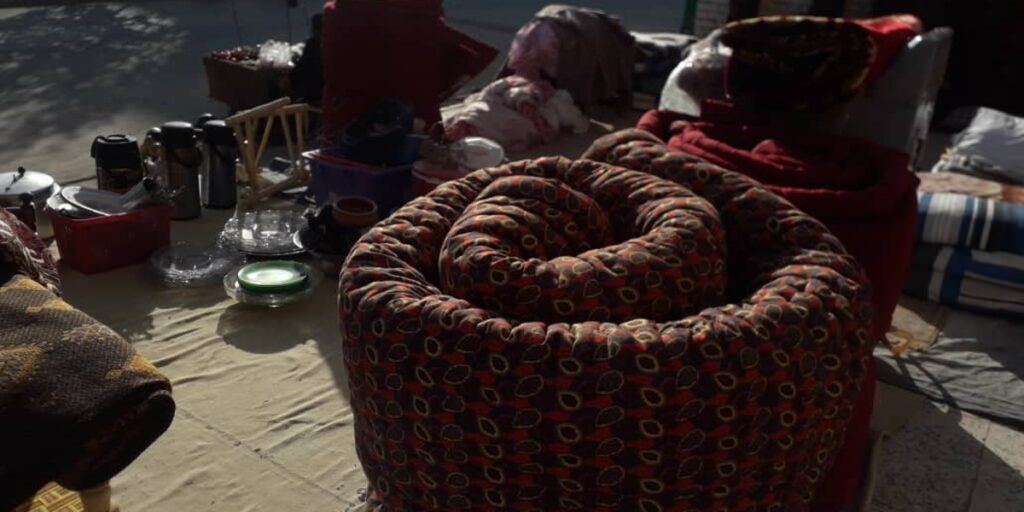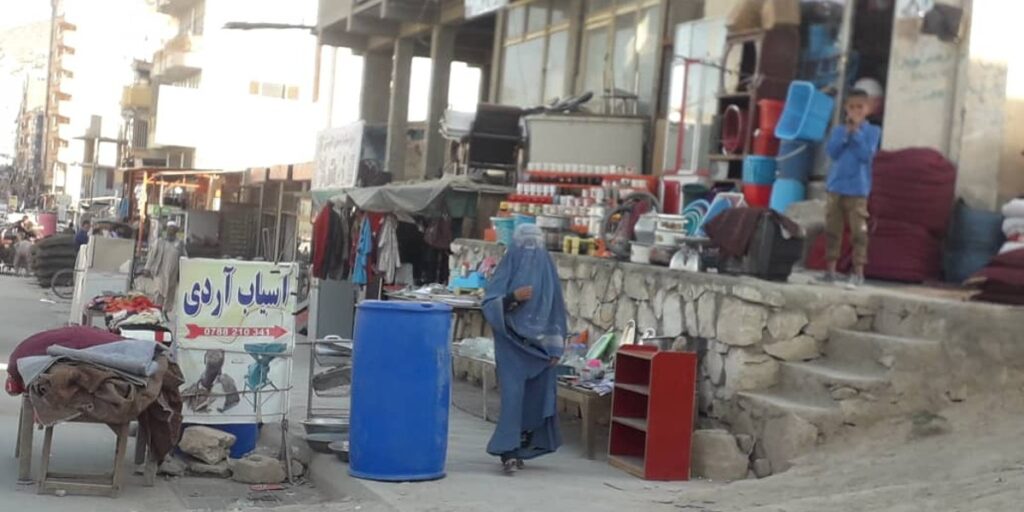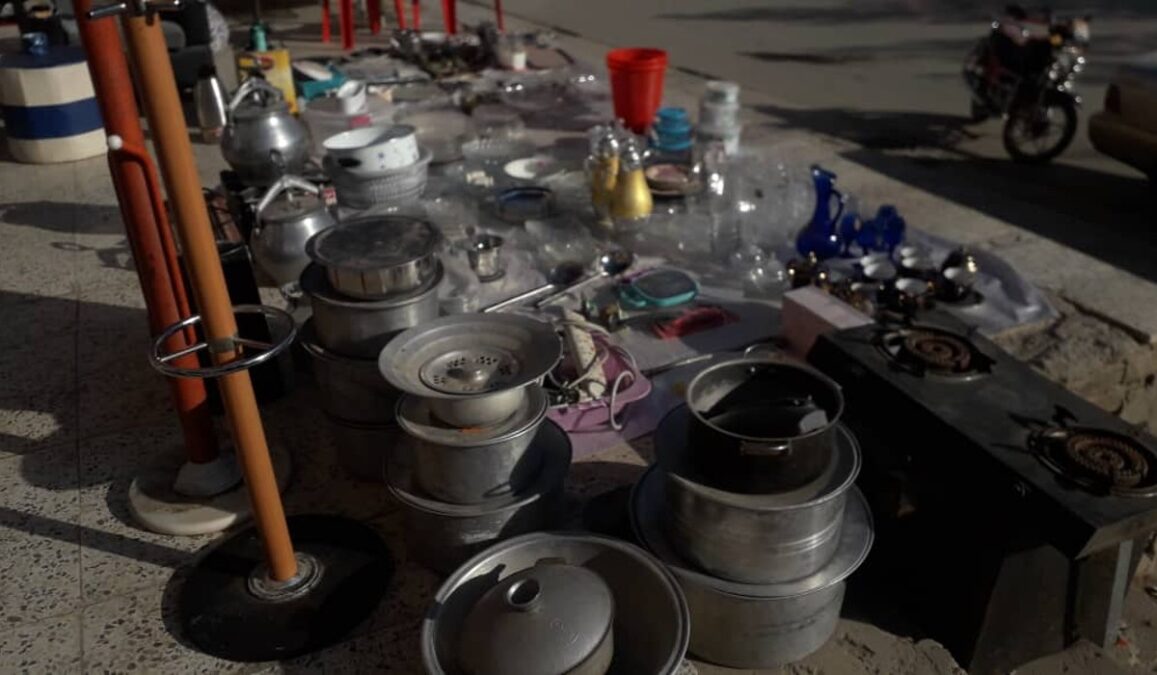One year after the Taliban takeover of Afghanistan, second-hand shops in Kabul are still experiencing odd days as in addition to the shops, their warehouses are also full of household items that their owners have been forced to sell at a low price as poverty and migration are on the rise.
“When Kabul fell to the Taliban, it was unprecedented for people who turned to the second-hand markets to sell their household items,” said Nizamuddin Akbari, a shop owner. “Now the sale of home appliances continues but part of the sale of equipment is due to the people’s poverty.”
Shop owners have stories to share about the people who sell their household tools. They say they actually buy people’s memories from them.

Reza Ahmadi, the owner of a second-hand materials shop in Kabul, said people are facing economic problems and have to sell their household goods to buy bread for their families.
“People have lost their hope. Half of them are looking for a way to escape. They come to us and sell their equipment,” said Ahmadi.
Some shop owners in Kabul said that considering the current situation, they don’t even hope to sell the items they have bought from people.
Analysts said that the fading hope among the people is due to a severe lack of jobs and a poor economy of households.
“The main reason for migrants is a lack of political stability in the country and the increase in poverty and unemployment, and these have forced the people to leave Afghanistan,” said Abdul Nasir Reshtia Malakhil, an analyst.

The World Bank in a new report on Oct. 6 projected a low growth path for Afghanistan’s economy along with a reduction in the real GDP in the country for the next two years.
The report “Coping with Shocks: Migration and the Road to Resilience” says that Afghanistan’s economy is projected to move to a low growth path (2.0 to 2.4 percent) for the next two years with no improvement in per capita incomes owing to high population growth and no significant changes in poverty or food insecurity.
The report says that inflation is expected to remain high immediately due to global commodity price increases and supply constraints, further eroding the real value of household incomes.
At the same time, the Taliban’s restrictive policies on women’s education and work will lower Afghanistan’s growth prospects, the World Bank survey shows.
The World Bank says the economy is now re-adjusting from the “aid bubble,” and the international community’s ongoing humanitarian and off-budget basic service support is expected to mitigate some negative impacts of the contraction.





